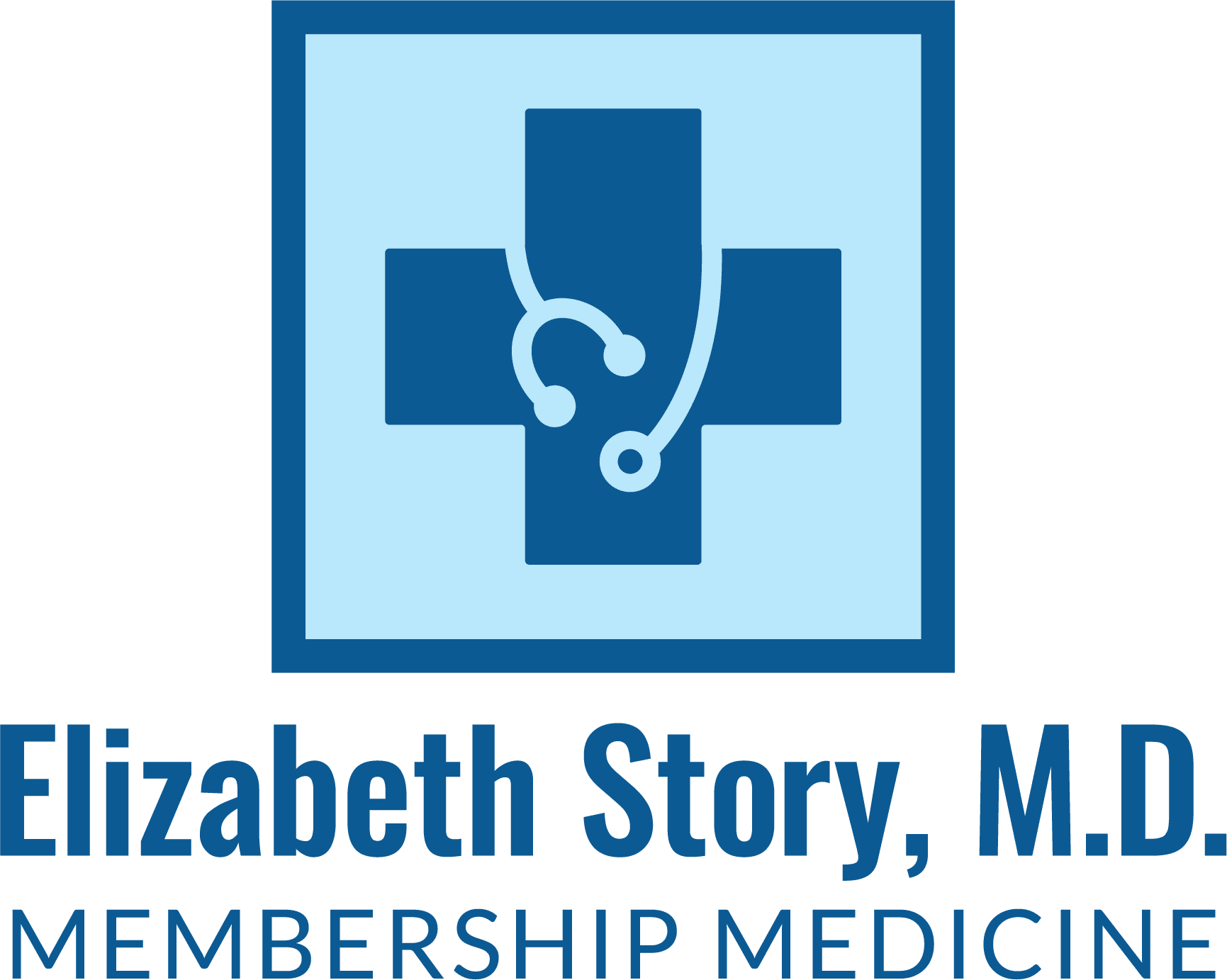Can you cover everything you need to talk to your doctor about in 15 minutes? Insurance companies think so, but a 15-minute appointment doesn’t come close to fully managing any human being’s health needs, especially if it is just once a year.
In order for any treatment to be initiated, it is imperative to have a rapport with your doctor and 15 minutes just doesn’t cut it. I can’t take care of patients unless I have the time to listen to them and time to explain my thoughts and answer patient questions.
In recent decades, healthcare has evolved into a system where family practice physicians spend less time with patients and more time navigating administrative demands. Today, primary care doctors typically see each patient for only 15 minutes and manage over 2,000 patients due to insurance-driven pressures.
With a membership or concierge model, we cut out the insurance middleman, allowing us to spend meaningful time with each patient. We address everything from acute issues to preventive care, offer unlimited appointments, and are easily accessible by phone and email. This approach brings back the traditional doctor-patient relationship—personalized care from a doctor who truly knows you, like having your own doctor on call.
CURRENT “REACTIVE” HEALTHCARE MODEL
The current American healthcare system is very disease-oriented and reactive. Today’s insurance model is flawed and doesn’t begin to address proactive, preventative medicine. We don’t get paid to prevent heart disease, but medical specialists get handsomely rewarded for angiography or ‘heart caths’ especially if done on an emergent basis for an acute myocardial infarction (heart attack). While they should be compensated as they are, they should also be able to spend time with patients BEFORE these events happen to help prevent them from occurring in the first place.
Another good example of our reactive and not proactive system is not screening for osteoporosis till women are age 65! This should be started at age 50 at a minimum, and even then there can already be bone loss happening throughout the years leading up to menopause. And, we are taught to wait until your LDL cholesterol (sometimes called ‘bad’ cholesterol) is a certain level before initiating statin therapy.

THE NEED FOR PREVENTATIVE CARE
Doctors don’t get paid to have preventative conversations with patients (other than the one that Medicare pays for to plan for end of life). However, I start to talk to my patients in their 20s and 30s about lifestyle and that what they do now lays a critical foundation for how long and how active their life will be. Doctors get less than an average of 12 minutes per patient visit and this includes the exam and all patient questions and the doctor’s answers. I used to have to limit my patients to three problems and even then I never had enough time.
THE DIFFERENCE IN MEMBERSHIP MEDICINE
Medical decision making is what we as physicians are paid for and that includes taking histories, doing exams, interpreting studies, coming up with the diagnosis, and then really hashing out the risks and benefits of a treatment plan. At my practice, the minimum visit is 30 minutes and the initial visit and annual exams are all an hour long. When was the last time you had a full hour of a physician’s undivided attention?AT MY MEDICAL PRACTICE
My concierge membership medicine practice is personal, accessible and affordable: my patients save time and money by avoiding ER/urgent care visits; get access to convenient same-day appointments and timely responses to questions; and receive individualized, consistent personal care. All initial visits are 1 hour and follow-up visits are booked in 30-minute time slots, with no limit to the number of visits per year. That is part of every patient’s membership. Appointments are available same-day or next-day, and a doctor is reachable same-day for questions and concerns.
I am dedicated to my patients and their physical, mental and emotional well-being. I strive to indeed truly know my patients and provide the best in forward-thinking, preventative and whole-person medical care across the areas of chronic disease management, women’s health, weight loss, menopause hormone therapy, executive health, peptide therapy, longevity and more.

